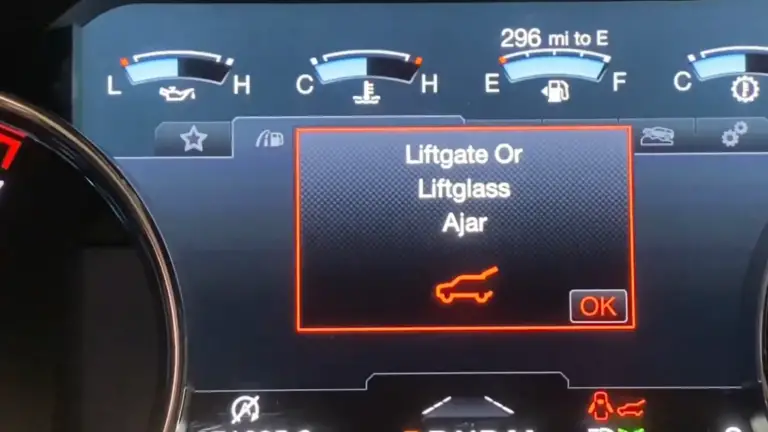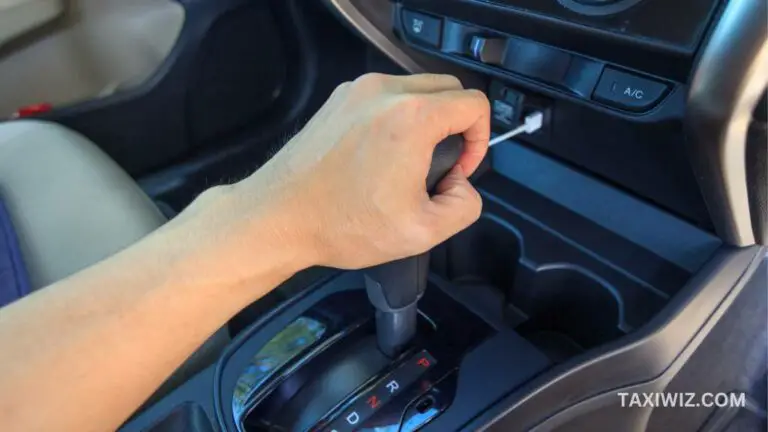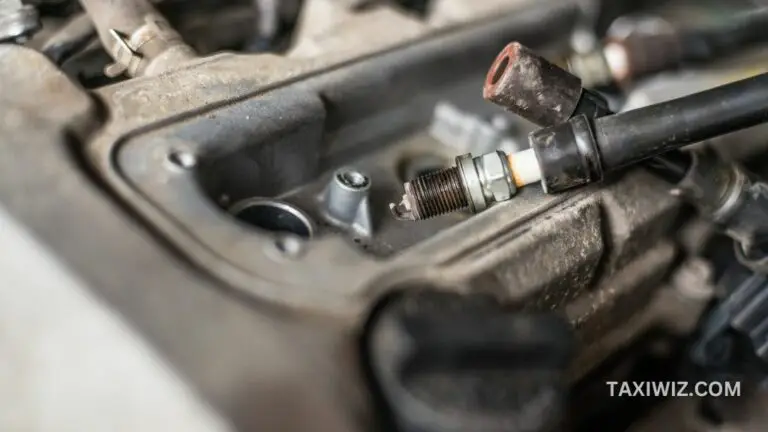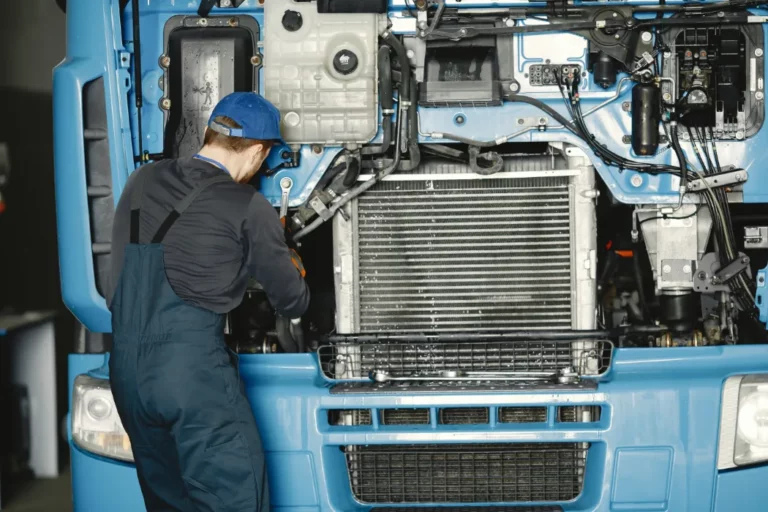Starter Not Engaging Flywheel Sound [Do This FIRST!]
When the starter is not engaging the flywheel, you will most likely encounter damage to the components and the inability to start your vehicle.
There are multiple reasons for the Starter Not Engaging Flywheel Sound including,
- Battery issue
- Damages to the starter motor
- Sometimes it can be solenoid problems
- Mechanical anomalies are also quite common
No matter the case, if your starter is not engaging the flywheel, find out the possible reasons and then take steps to eliminate the problem. Because the more you ignore the issue, the more severe the damages become.
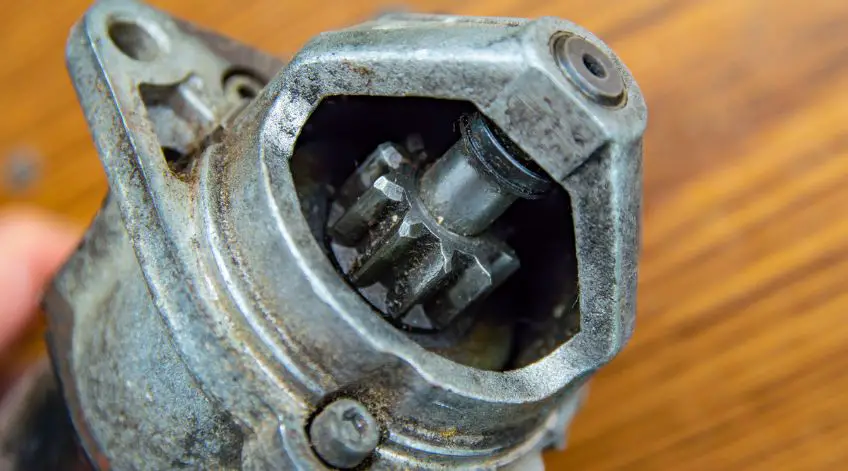
10 Common Reasons Why Starter Not Engaging Flywheel
Here are some of the most common reasons why your starter might not engage with the flywheel:
1. Problem with the Battery
When it is a starter-related problem, almost half of the time, it is caused by a faulty battery. A low battery voltage can lead to this situation as well.
So, if the flywheel isn’t spinning, ensure your battery has enough charge to provide sufficient power to the starter motor.
A weak or dead battery won’t deliver enough power to the starter to engage the flywheel properly.
Also, make sure that the wiring inside isn’t damaged. Maybe it’s not the battery that is at fault, but the power output from the battery just isn’t reaching the destination.
Related Reading: Car Water Pump Bearing Noise [9 Fixes Explained]
2. Faulty Starter Solenoid
As you can guess from the name, the starter solenoid engages the starter motor with the flywheel.
Therefore, when the solenoid is faulty, it may not send the necessary electrical signal to the starter motor. This will result in the motor not engaging with the flywheel.
You can discover a faulty solenoid when you hear a clicking sound as you turn on the key.
3. Malfunctioning Ignition Switch
A faulty ignition switch can prevent the starter motor from receiving power.
To determine if the ignition switch is responsible, turn the key to the “Start” position but start wiggling it. If the starter engages in irregular intervals, you can be assured that there is some problem with the ignition switch.
4. Defective Starter Motor
The starter motor itself may be defective or worn out. Try to look for any damage to the motor.
To determine if the motor is at fault, you may have to seek the help of professionals. That being said, if all the other parts are working perfectly, then you can decide that you have a faulty starter motor.
5. Faulty Starter Relay
The starter relay transmits the electrical signal from the ignition switch to the starter motor.
If the relay is faulty, it may not send the signal to engage the starter. You should get a professional mechanic to check this part out if possible.
6. Damaged or Misaligned Starter Gear
The Bendix gear or more commonly known as the starter gear is created to mesh with the flywheel’s teeth and engage it for starting the engine.
When damaged or not aligned properly, it won’t engage with the flywheel. Therefore, inspect the starter gear and find out any signs of wear or tear.
7. Stuck or Seized Starter Motor
Over time, the starter motor can get stuck or seized due to corrosion, lack of lubrication, or internal component failure. A stuck starter motor won’t be able to rotate and engage the flywheel.
8. Wiring Problems
Sometimes not receiving the proper input causes the starter to not engage with the flywheel. And most of the time, it is due to faulty wiring.
Check the wiring connections between the battery, starter motor, and solenoid. If any of the connections get loose, damaged, or corded, it will disrupt the flow of electricity to the starter motor, preventing engagement with the flywheel.
9. A Damaged Flywheel
The flywheel can have broken teeth or worn-out ring gear. Inspect the flywheel for any signs of damage and replace it if necessary.
10. Engine Immobilizer or Security System
Some vehicles have an immobilizer or security system that can prevent the starter motor from engaging if the system detects an unauthorized key or a malfunction.
Find out if the security system is armed or if there are any error codes related to the immobilizer system.
Read also: Fan Belt Noise When Accelerating – Reasons & What To Do?
How to Fix the starter engages but does not turn flywheel?
You should follow the following steps to take care of your starter not engaging with flywheel issues:
- Repair or Replace the Battery
If the battery is weak or dead, you can try jump-starting the vehicle using jumper cables and another vehicle with a good battery or a portable battery booster.
First, connect the positive & negative terminals of the batteries correctly, allowing the good battery to charge the weak one. Once the engine starts, let it run for a while to recharge the battery.
If the battery is old or no longer holds a charge, it may need to be replaced. In that case, you must remove the old battery and install a new one of the correct type and size.
Remember that, for replacement, you must disconnect the battery first and then remove it.
- Replace the Defective Starter Solenoid
When the starter solenoid is defective, you will have no option but to replace it.
First, disconnect the battery and remove the starter motor to replace the solenoid. You should be able to access the solenoid.
Replace the solenoid with a new one and secure the connection. Then just put back the motor and connect the battery.
- Replace the Ignition Switch
To replace a faulty ignition switch, disconnect the battery and remove any panels or covers necessary to access the switch.
Then you will have to disconnect the wiring harness and mounting bolts that are protecting the switch.
Remove the switch and install the new switch by reversing the steps. Before reassembling the covers or panels, you should test the switch to ensure functionality.
- Replace the Starter Motor
Start by disconnecting the battery and locating the starter motor. It is usually mounted on the engine block.
Remove any obstacles or components that are preventing access to it. Then disconnect the wiring and mounting screws or bolts.
Install the new starter motor, reinstall the removed components, and reconnect the battery by retracing your previous steps.
- Replace the Starter Relay
First off, find the starter relay. You can find it near the fuse box or the battery.
Install the new relay into the socket, ensuring it is the correct type for your vehicle. Make sure to disconnect the battery before doing all of this; otherwise, there will be unnecessary electrical complications.
- Fix the Wiring Issues
Wiring issues can be complex and require careful inspection and repair. If you notice loose, corroded, or damaged wiring, it is recommended to have a professional mechanic handle the repairs.
The wiring needs to be either repaired or replaced. So, look for damaged sections, and ensure all connections are secure and properly insulated.
Improper handling of electrical systems can lead to further damage or electrical hazards, so it’s best to leave it to the professionals.
- Flywheel Replacement
If the flywheel is damaged, then you have to replace it. As removing the flywheel involves removing the transmission or engine, it is best to seek the help of a mechanic instead of doing it yourself.
But if you are confident with your skills, first disconnect the battery and remove the necessary components like the transmission and clutch assembly until you can reach the flywheel.
Replace the damaged flywheel with a new one, and just retrace your steps. Be careful not to damage any other components during this process.
- Fixing A Stuck or Seized Starter Motor
Tapping the starter motor with a hammer can sometimes free up a stuck gear. But this isn’t a permanent solution.
If any part gets stuck, repairing it may fix the issues; otherwise, you will have to do a complete starter motor replacement.
We recommend that you get the starter motor inspected by a mechanic and follow their suggestions if you have a stuck starter motor.
- Engine Immobilizer or Security System Fix
First, try to turn off the engine immobilizer to see if there are any changes. If the security system has been compromised, you must find the cause and fix it.
This will eventually take care of the starter motor not engaging the flywheel issue as well.
These are the most common fixes for the start motor engagement issue. Do keep in mind that there might be other underlying problems. In that case, you should take your car to a professional.
Check out the video below, Dangar Marine explain details about the Starter motor pinion/ Bendix gear not engaging with the flywheel.
Why is Starter Motor Engagement with the Flywheel Important?
It is important to address the issue of the starter not engaging with the flywheel because it directly affects your vehicle’s ability to start and run.
The engine cannot be started when the starter fails to engage with the flywheel. This means you won’t be able to use your vehicle until the issue is resolved.
And if the starter problem occurs while you are away from home or in an inconvenient location, it can leave you stranded.
This issue can also result in excessive wear on the related components, and ignoring it may lead to more extensive damage, resulting in costly repairs.
So, unless you want to face these issues, you should take care of the starter not engaging with the flywheel issue as soon as possible.
Read also: Rubbing Noise From Front Wheel When Driving – Here’s What To Do!
starter not engaging flywheel sound – FAQs
1. Is it safe to keep trying to start the car if the starter isn’t engaging?
No, continuously trying to start the car with a non-engaging starter can potentially damage the starter or other components.
2. Can extreme temperatures affect the starter’s engagement with the flywheel?
Yes, extreme cold or hot temperatures can impact the performance of the starter.
3. Can a faulty transmission position sensor cause the starter not to engage?
Yes, a malfunctioning transmission position sensor can prevent the starter from engaging.


